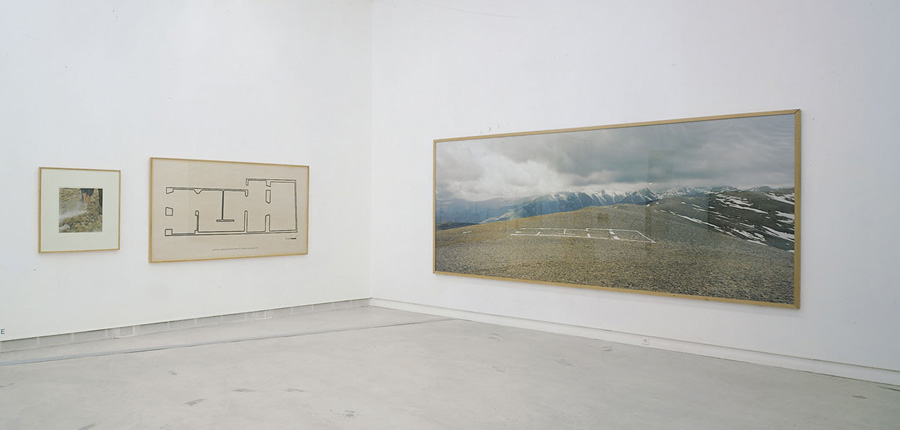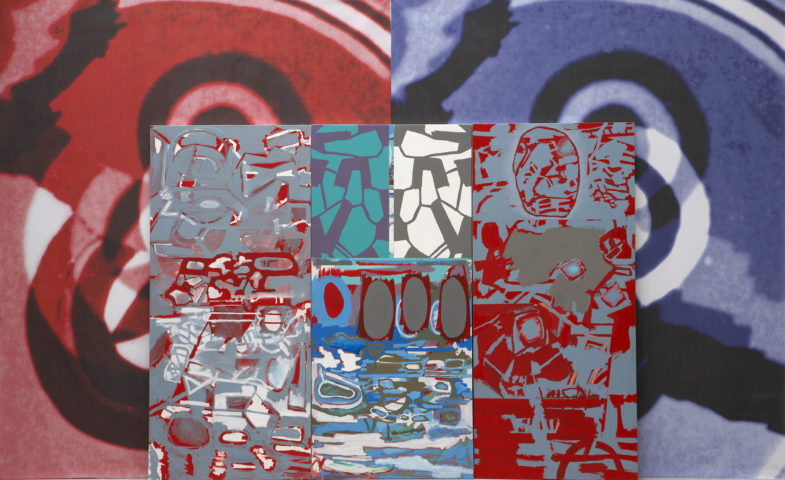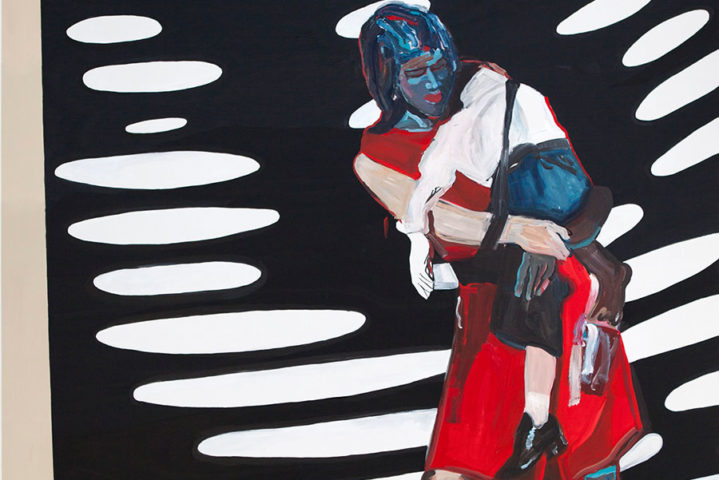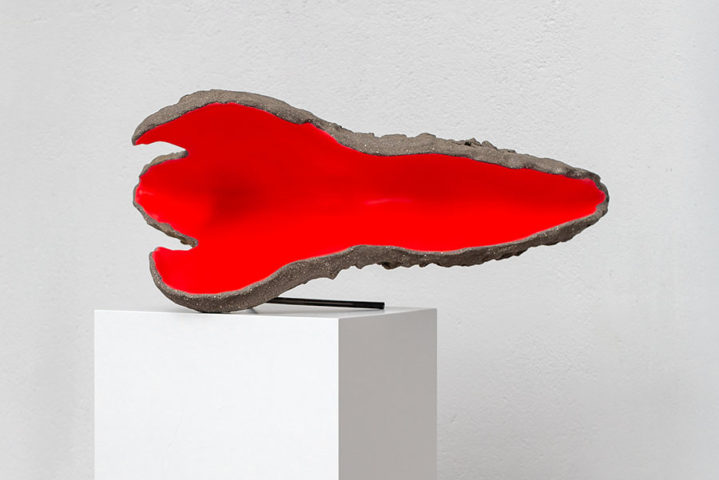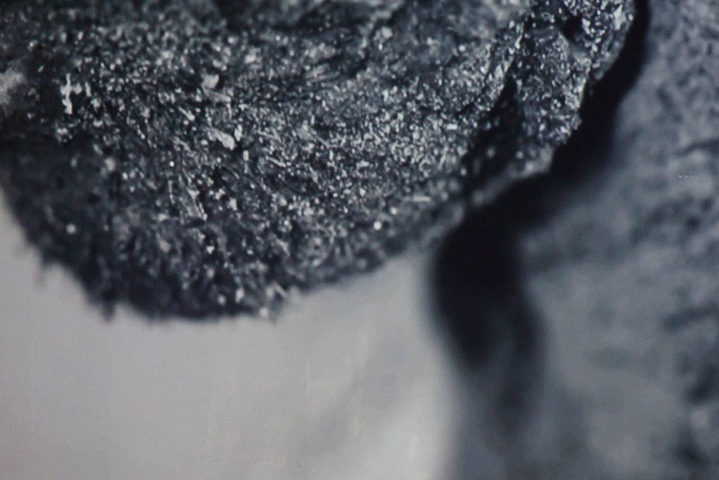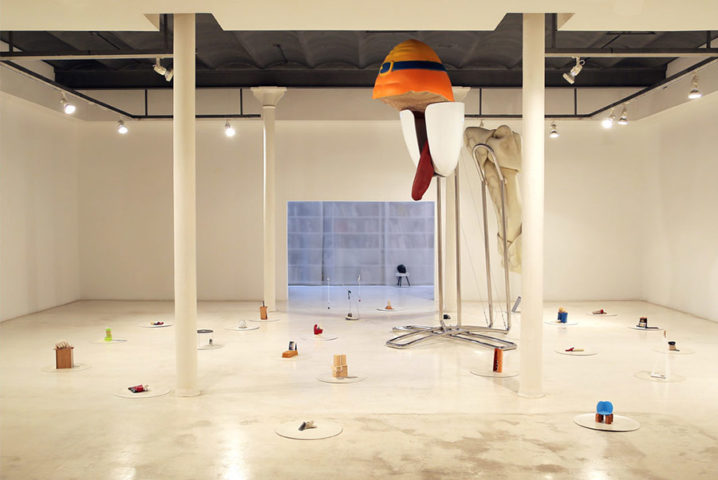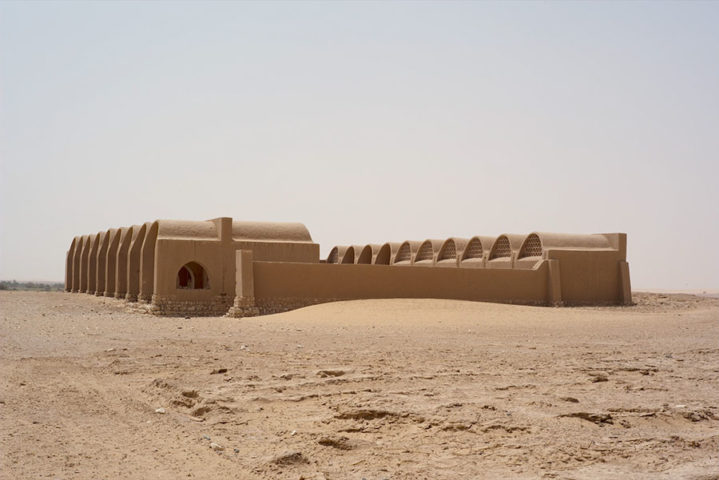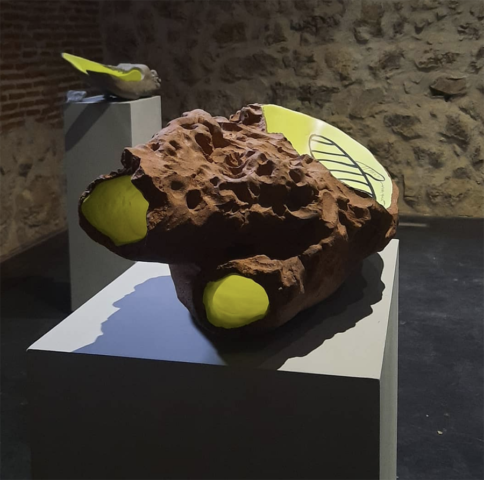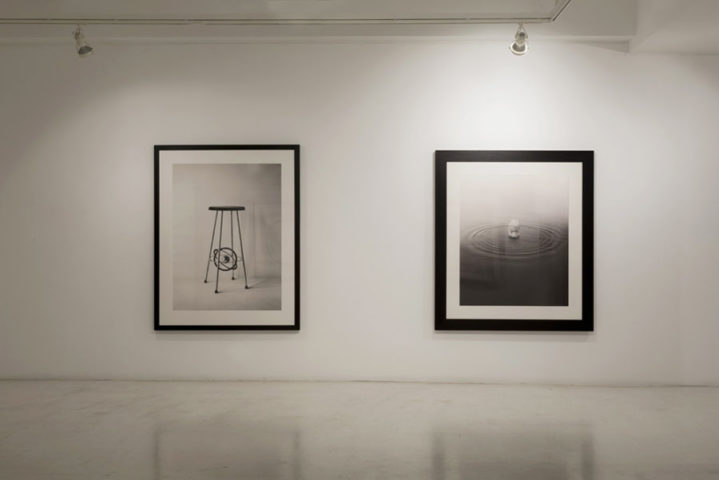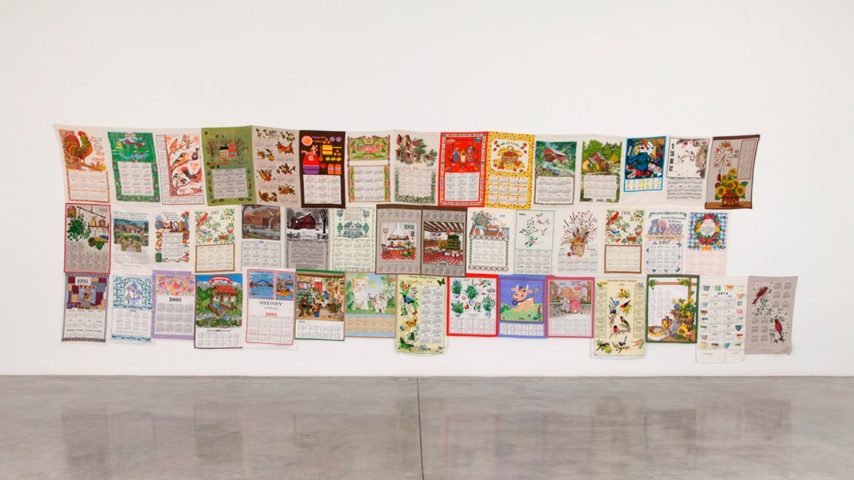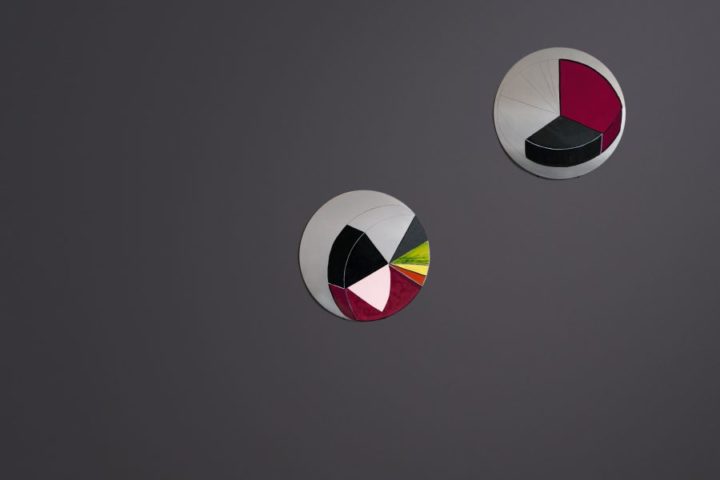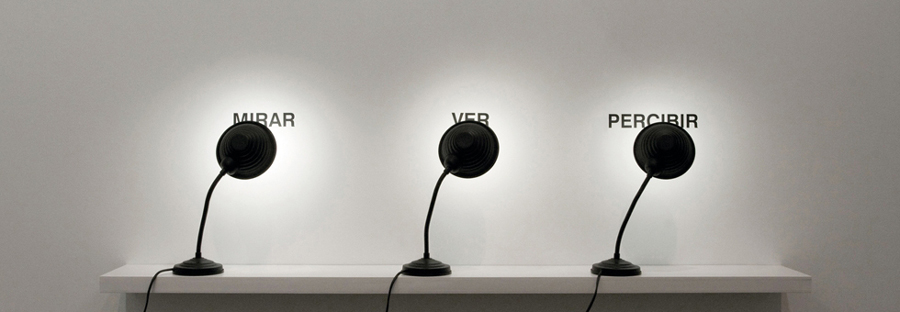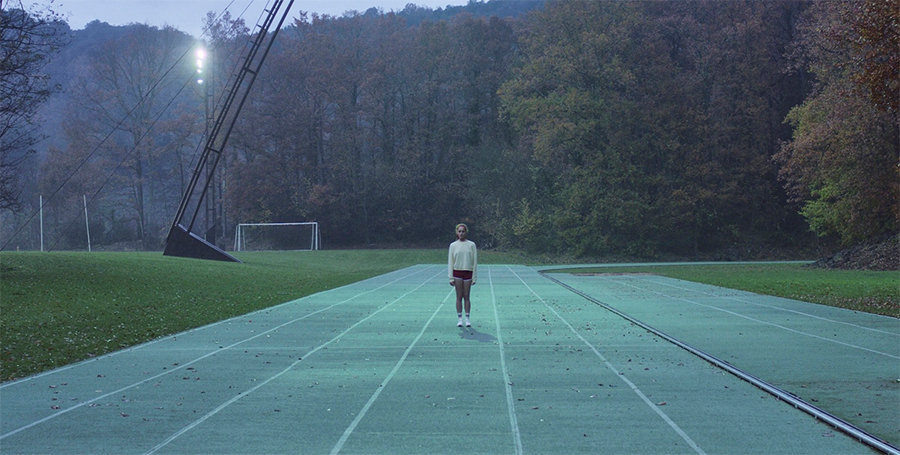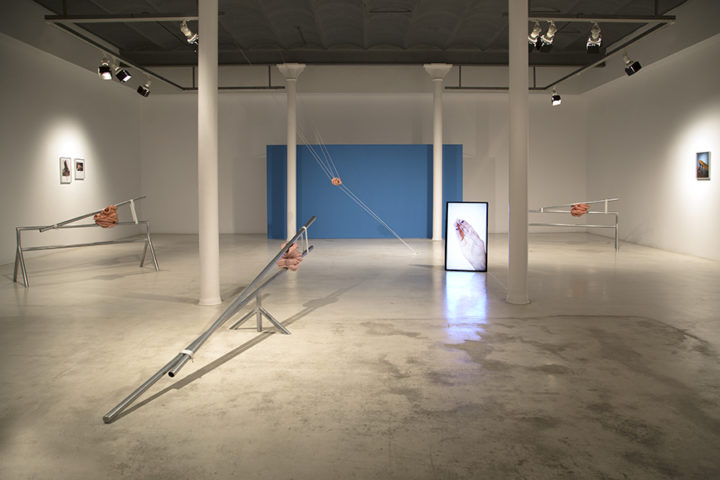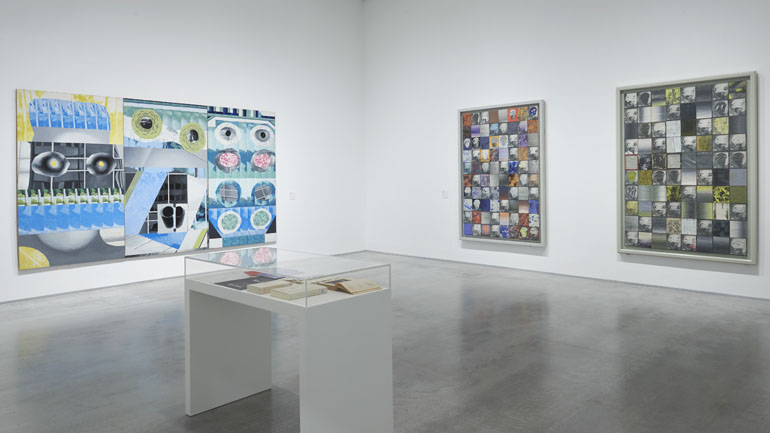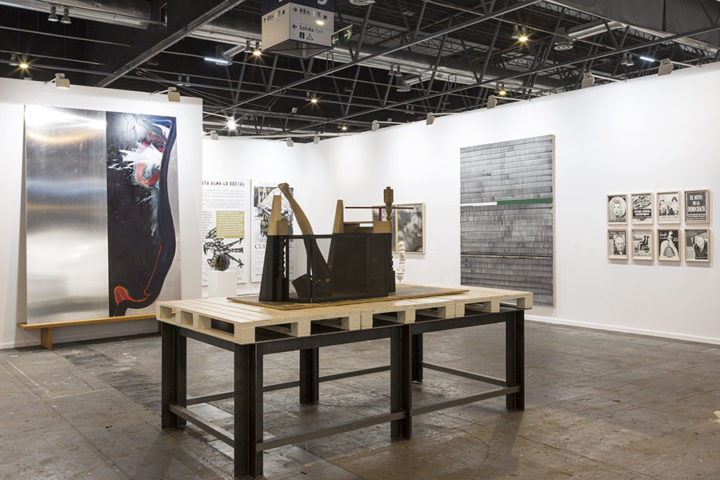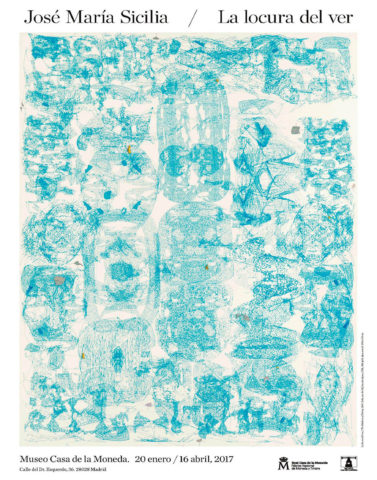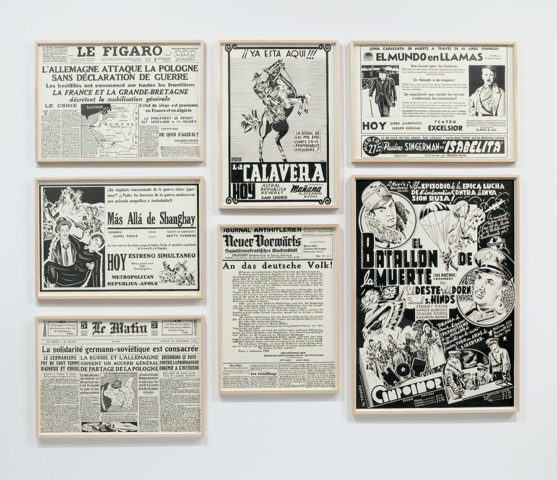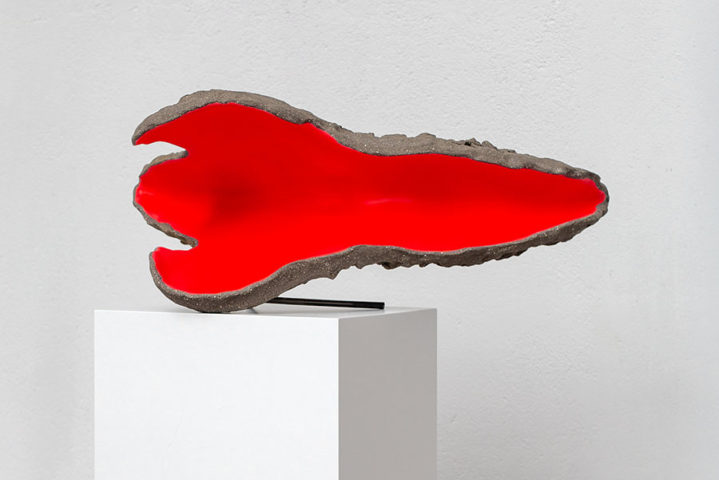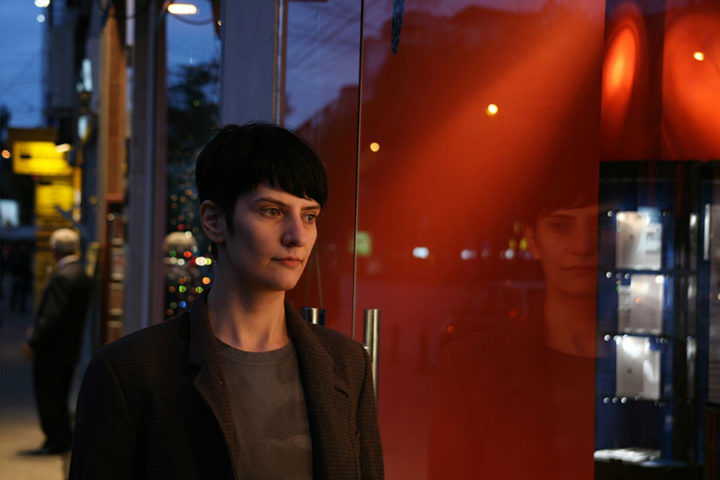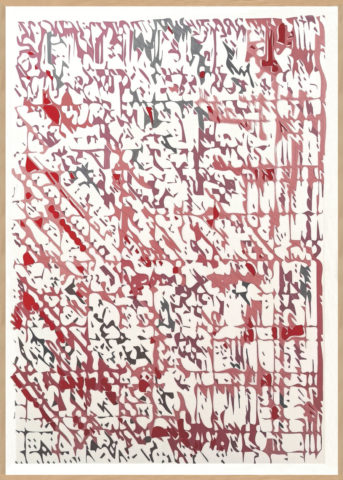Caixaforum, Madrid
30.11.2023 – 31.03.2024
El germen de la exposición es una selección de obras de paisajes de la Colección de Arte Contemporáneo Fundación ”la Caixa”, cuya visión sobre el paisaje queda ampliada con préstamos procedentes de artistas y colecciones de distintas instituciones.
En la cultura europea, el paisaje empezó a valorarse como un género pictórico a partir del siglo XVII y alcanzó su máxima expresión en el siglo XIX, desde el Romanticismo hasta el Impresionismo. Actualmente, el paisaje natural ha vuelto a la palestra debido a las posibilidades de fabulación que permite la tecnología digital, así como por la inquietud que genera el deterioro de la naturaleza y la amenaza medioambiental del cambio climático. Si en un principio el paisaje permitió soñar con la idea de paraíso y dio forma a lugares desconocidos o remotos, hoy cobra de nuevo relevancia en el arte con la hibridación de imágenes y la posibilidad de crear nuevas ficciones.
El título, “Horizonte y límite”, quiere enfatizar la manera cómo percibimos el territorio. Ante la inmensidad del mundo, el ser humano solo puede aprenderlo encuadrando la mirada y representando lo que, en definitiva, es una ilusión. La muestra está dividida en secciones temáticas que abordan la ficción del paisaje, la percepción y la vivencia del paisaje, así como el impacto humano en la naturaleza.
